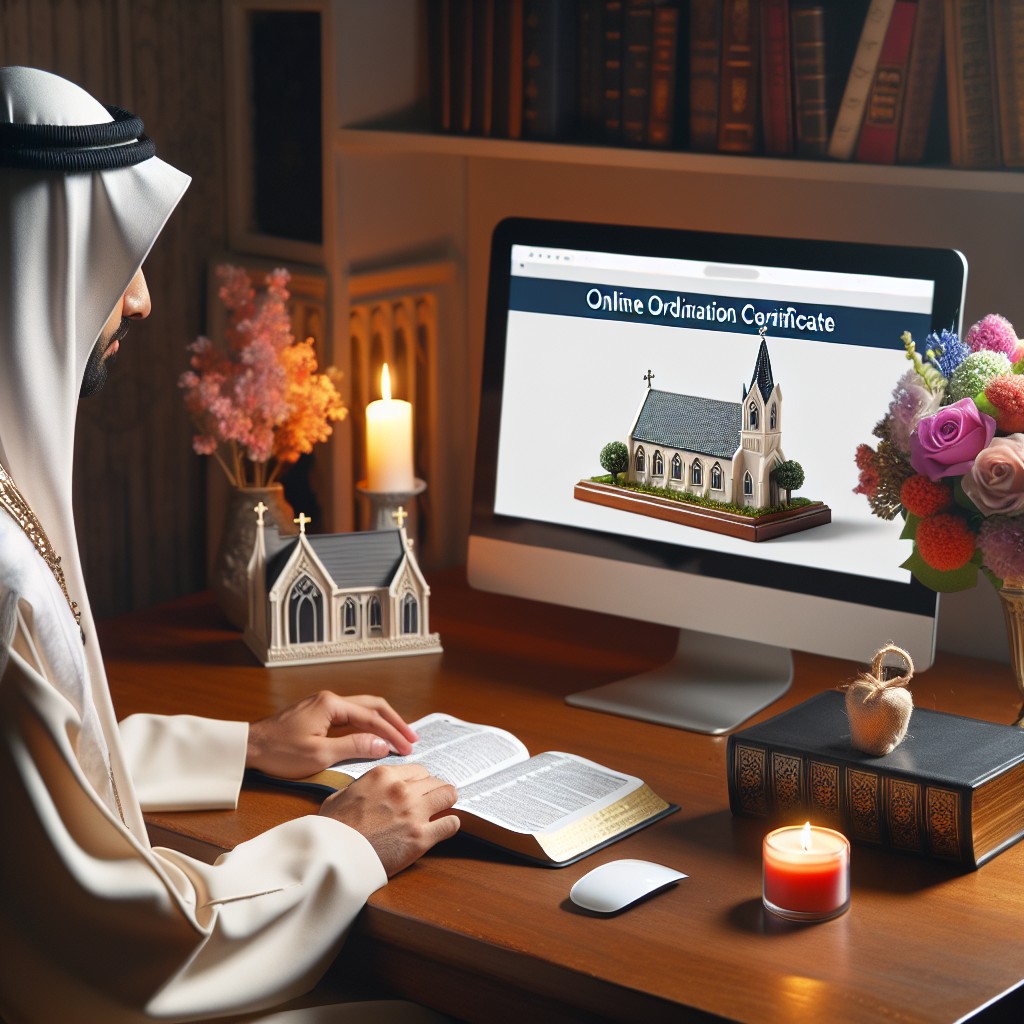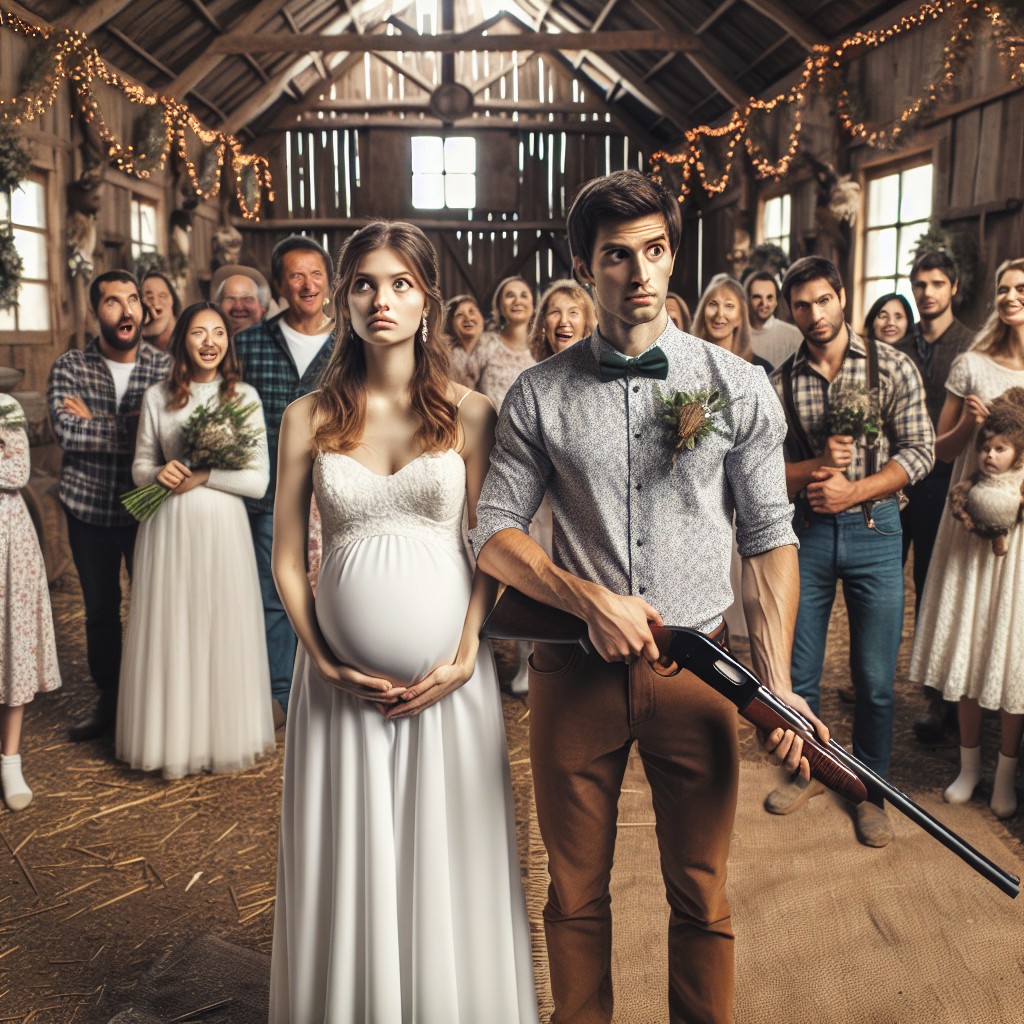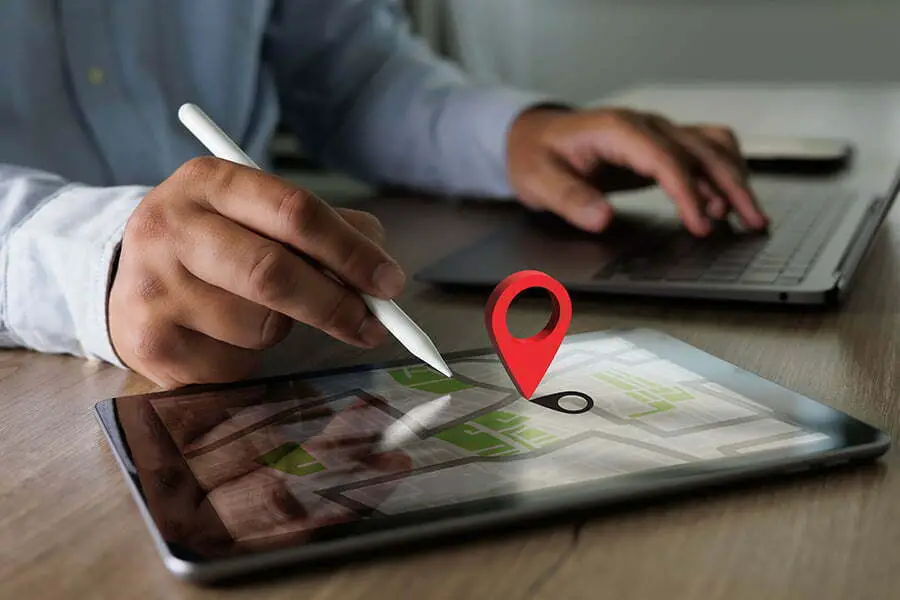Learn the straightforward steps to becoming a wedding officiant, from legal requirements to certification processes.
Key takeaways:
- Thoroughly research local wedding officiation laws and requirements.
- Choose a recognized ordination program with wide acceptance.
- Understand the specific officiant registration process in your area.
- Design a structured wedding ceremony that includes personal touches.
- Ensure the marriage license is completed and filed correctly.
Understanding Local Wedding Officiation Laws

Before embarking on your journey to become a wedding officiant, it’s imperative to thoroughly research the specific laws and regulations that apply in your area, as these can vary significantly from one region to another.
Here are a few key points to consider:
- Eligibility Requirements: Some locales may require officiants to be residents or have a congregation, while others are more lenient.
- Legal Authority: Determine which organizations’ ordinations are recognized by local government entities.
- Age Criteria: Verify the minimum age required to officiate weddings in your jurisdiction.
- Government Registration: Check if you need to register with any municipal, county, or state offices before performing ceremonies.
- Officiation Limits: Understand if there are any restrictions on the number of ceremonies you can perform or the types of ceremonies allowed.
Becoming well-versed in these aspects will ensure that all legalities are adhered to and the weddings you officiate are binding. It is advisable to consult directly with local authorities or legal experts if you encounter any uncertainties.
Choosing a Recognized Ordination Program
When selecting an ordination program, prioritize those with wide acceptance to ensure your ability to officiate legally. Check reviews and consult previous officiants to gauge the program’s credibility.
Verify its affiliation with religious or secular organizations according to your preference. Many times, these programs offer online ordination options, which can be convenient and quick.
Explore what additional training or resources they provide to help you prepare for officiating duties. Remember to gauge the long-term validity of the ordination and whether it requires renewal.
Opt for a program that offers solid support and clear instructions for after you’ve become ordained – high-quality customer service can be invaluable as you navigate your new responsibilities as an officiant.
Understanding the Officiant Registration Process in North Carolina
To officiate a wedding in North Carolina, follow these steps:
- Check with the local Register of Deeds. Each county may have unique requirements, so it’s essential to contact the county where the marriage will take place.
- Provide credentials. Most counties will require proof of ordination and sometimes a letter of good standing from the ministry that ordained you.
- Complete any necessary paperwork. Some counties may ask for an application to be filled out by the prospective officiant.
- Pay the registration fee if applicable. Not all counties charge a fee, but for those that do, ensure you know the amount and accepted payment methods.
- Await confirmation. Once all paperwork is submitted, the county will usually issue a confirmation that you are authorized to perform marriages in North Carolina. Keep this documentation for your records.
Remember, rules can change, so it’s wise to verify the current process and any updates to the law ahead of time.
Outlining the Wedding Ceremony Structure
Crafting a meaningful wedding ceremony involves careful consideration of several elements that come together to create a seamless and memorable event. First, consider the order of events, typically starting with the processional, where the wedding party and eventually the couple make their entrance.
Following the processional, offer a warm welcome to the guests, acknowledging their importance in the couple’s life. Transition smoothly into the core of the ceremony with readings or quotes that resonate with the couple’s values and relationship; these can be from literature, poetry, or religious texts if applicable.
Next, lead the exchange of vows, the heart of the ceremony where the couple makes their promises to each other. Allow room for personalization, as some couples prefer to write their own vows. This is followed by the ring exchange, symbolizing the tangible commitment they’re making.
Incorporate any special rituals or traditions that the couple wants, such as unity candles, sand ceremonies, or handfasting. These elements often reflect cultural or personal significance.
Guiding the couple through their first steps as a married pair, ensure that the pronouncement of marriage is clear and definitive, culminating with the much-anticipated first kiss.
Remember to guide the couple through what comes next – how they will exit, or recessional, and prepare them for the presentation to their guests.
Lastly, gently remind guests of their role in supporting the newlyweds in their journey ahead. This structure serves as a map to design a ceremony that is both personal and inclusive.
Completing and Filing the Marriage License
After having performed the wedding, it’s crucial to ensure the marriage is legally recorded. Here’s what you need to do:
1. Double-Check the Details: Verify that all the information on the marriage license is correct. Pay special attention to names, dates, and places.
2. Secure Signatures: Ensure that all required parties sign the license. This typically includes the couple, the officiant, and any required witnesses.
3. Understand the Timeline: Be aware of the timeframe in which the license must be returned to the issuing office after the ceremony.
4. Return the License: Promptly return the completed license to the county clerk’s office or other designated government office. This may be done by mail or in person, depending on local regulations.
5. Keep Records: Maintain a copy of the signed license for your professional records.
6. Follow Up: Confirm with the couple that the marriage has been officially recorded after a few weeks by checking with the local records office.
Keep reading:





